When it comes to the components that keep our vehicles moving smoothly, the constant velocity (CV) joint plays a critical role. Found in the drivetrain, the CV joint is responsible for transmitting power from the transmission to the wheels while allowing for flexibility in various driving conditions. However, like any other automotive part, CV joints can wear out over time, potentially leading to significant problems. In this blog post, we will explore what a CV joint is, its function, common signs of a bad CV joint, and the risks associated with driving on a damaged CV joint for an extended period.
I. Understanding the CV Joint
A. Definition and Function of a CV Joint:
- The CV joint, short for constant velocity joint, is a mechanical coupling used in the drivetrain of front-wheel-drive, all-wheel-drive, and some rear-wheel-drive vehicles.
- It is designed to allow power transmission to the wheels while accommodating changes in angle and speed between the transmission and the wheels.
- The CV joint maintains a constant velocity, hence its name, by utilizing a combination of bearings and gears enclosed in a protective rubber or plastic boot.
B. Types of CV Joints:
- There are primarily two types of CV joints: the ball-type CV joint and the tripod CV joint.
- Ball-type CV joints use a set of steel balls running in grooves to transfer power smoothly while allowing for angular movement.
- Tripod CV joints utilize three roller bearings that move within a triangular housing, facilitating torque transfer.

II. Signs of a Bad CV Joint
A. Clicking or Popping Noises:
- One of the most common signs of a failing CV joint is a clicking or popping noise, especially when making sharp turns or accelerating.
- This noise indicates that the bearings within the CV joint are worn and no longer functioning properly.
B. Vibrations:
- As a CV joint deteriorates, vibrations may be felt in the vehicle, primarily when accelerating.
- Vibrations often increase with speed and can indicate an imbalance caused by a damaged CV joint.
C. Grease Leaks:
- CV joints are packed with grease and enclosed in protective boots to prevent contamination.
- If you notice grease leaking from the CV joint boots, it is a sign of damage or wear and should be addressed promptly.
D. Excessive Movement:
- Inspect the CV joint visually and check for excessive movement or play.
- Excessive movement indicates that the joint is loose or worn out, compromising its ability to transmit power efficiently.
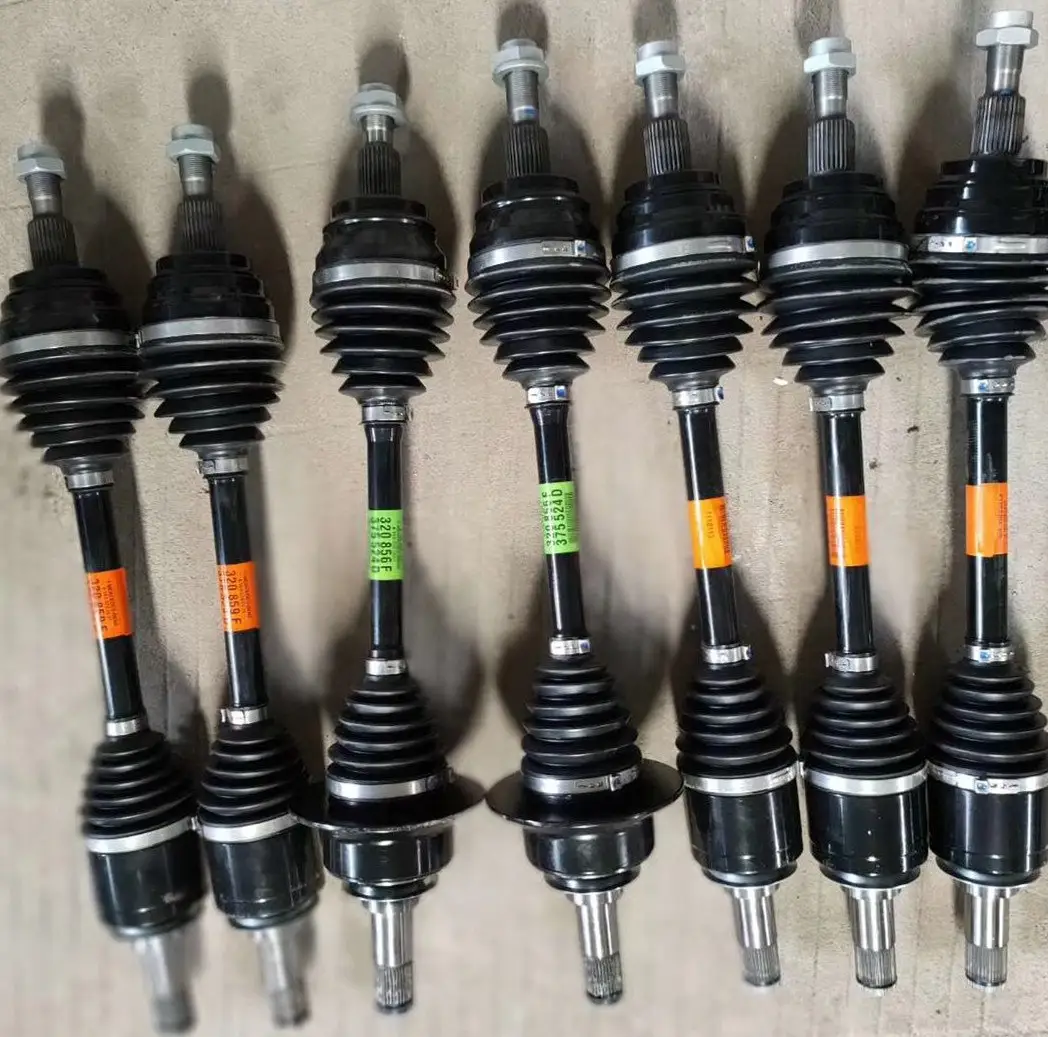
III. Driving with a Bad CV Joint
A. Immediate Consequences:
- Ignoring a bad CV joint can lead to further damage to the joint, axle, or other drivetrain components.
- Continued driving with a damaged CV joint can cause it to fail completely, resulting in the loss of power transmission to the wheels.
B. Risks and Safety Concerns:
- Driving on a bad CV joint can affect the vehicle's handling and stability, particularly during turns.
- In extreme cases, a CV joint failure can lead to a loss of control over the vehicle, posing a significant safety risk to you and others on the road.
C. Longevity of a Bad CV Joint:
- It is difficult to determine precisely how long a vehicle can be driven with a damaged CV joint as it depends on several factors, including the severity of the damage and driving conditions.
- However, it is generally recommended to address the issue as soon as possible to prevent further damage and potential safety hazards.
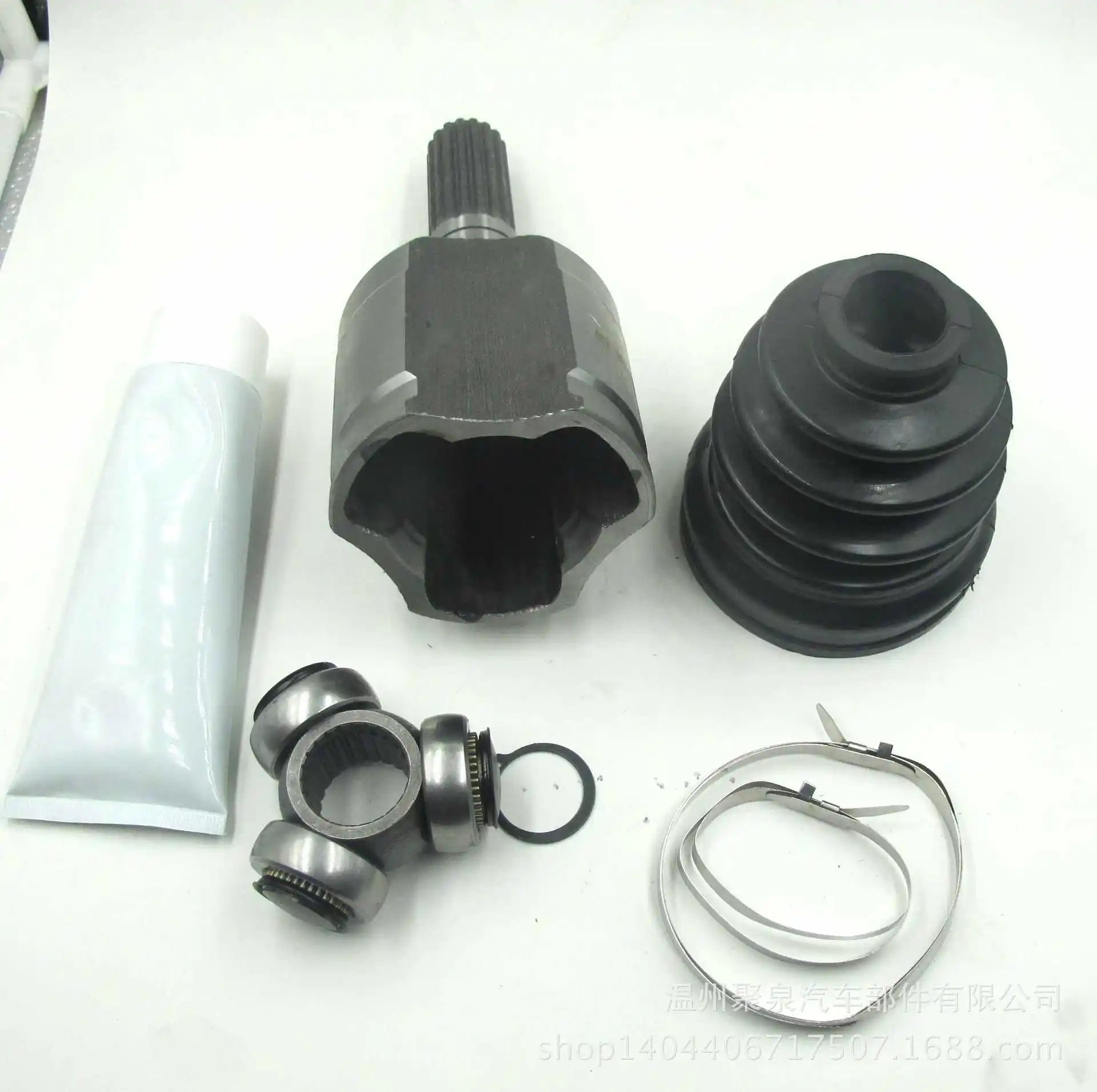
In Conclusion
A CV joint is a crucial component of the drivetrain, ensuring smooth power transmission while accommodating changes in angle and speed. Signs of a bad CV joint include clicking or popping noises, vibrations, grease leaks, and excessive movement. Driving on a bad CV joint can lead to further damage, compromised vehicle handling, and safety risks. The longevity of driving on a damaged CV joint varies depending on factors such as the extent of damage and driving conditions. However, it is advisable to address the issue promptly to prevent further complications.
In conclusion, understanding the function and signs of a bad CV joint is essential for maintaining the performance and safety of your vehicle. Regular inspections, prompt repairs, and timely maintenance can help identify and address any issues with the CV joint before they escalate. If you notice any symptoms of a failing CV joint, it is recommended to consult a professional mechanic who can accurately diagnose the problem and provide the necessary repairs or replacements. Remember, prioritizing the health of your CV joints ensures optimal vehicle performance and helps keep you safe on the road.
The Previous Articles:
What Is Rack and Pinion Bushing? How To Tell If Rack and Pinion Bushings Are Bad?
Why Steering Rack Makes Noise When Turning?
How To Rebuild A Steering Rack?
What Is A Rotary Valve Power Steering Rack?
Rack And Pinion System Vs Power Steering System: What Are The Differences?
Power Steering Rack Market Analysis Report (Japan Market)
What Causes Steering Rack to Go Bad?
Design Of Car Rack And Pinion Steering Racks
What Is The Intelligent Steering Rack Used By VW, Toyota, Honda And Renault?
Understanding Steering Angle Sensors: A Detailed Overview
Demystifying Power Steering Fluid: Understanding Its Role in Steering Systems
What is steering rack repair kit?
What is power steering reservoirs?
Understanding the Severity of Rack and Pinion Leaks in Your Vehicle
How to Find a Reliable Supplier of Steering Rack in China? Why You Should Choose Us?
What Is a Steering Rack Belt: Exploring the Role of Electric Steering Rack Belts
What Causes Drive Shaft Failure?
Steering Rack: When Should You Replace It?
Is Steering Rack Expensive to Fix? Exploring Steering Rack Repair and Costs
Demystifying the Difference Between Steering Rack and Steering Column

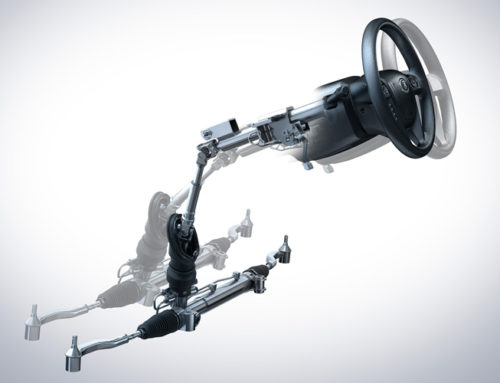
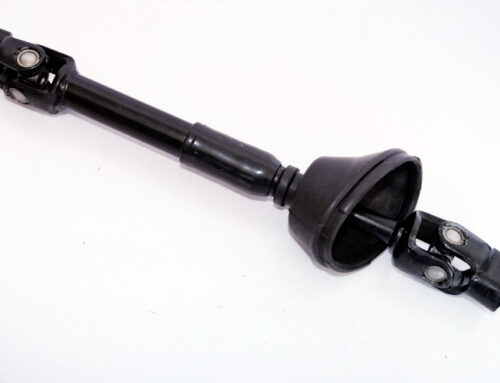
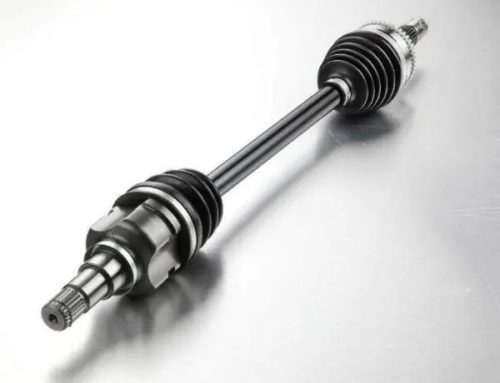
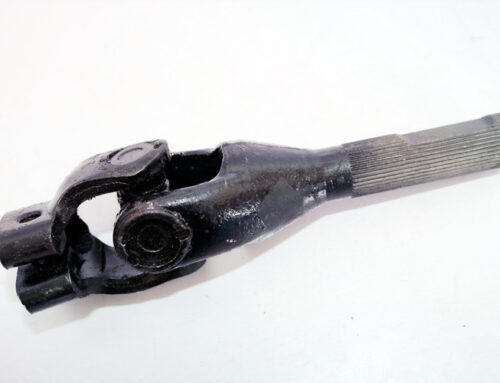
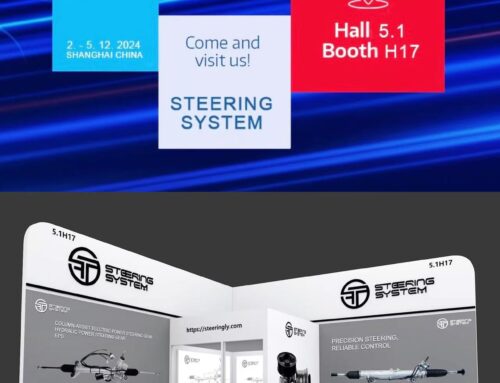
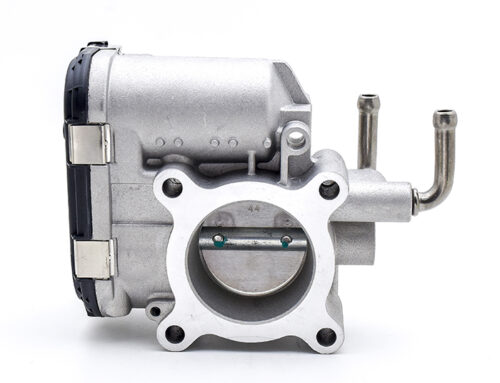
Howdy very cool website!! Guy .. Beautiful .. Amazing .. I’ll bookmark your blog and take the feeds also…I’m happy to find a lot of helpful info right here in the put up, we need work out more techniques on this regard, thank you for sharing. . . . . .
I consider something truly special in this website.
Perfect work you have done, this web site is really cool with great information.